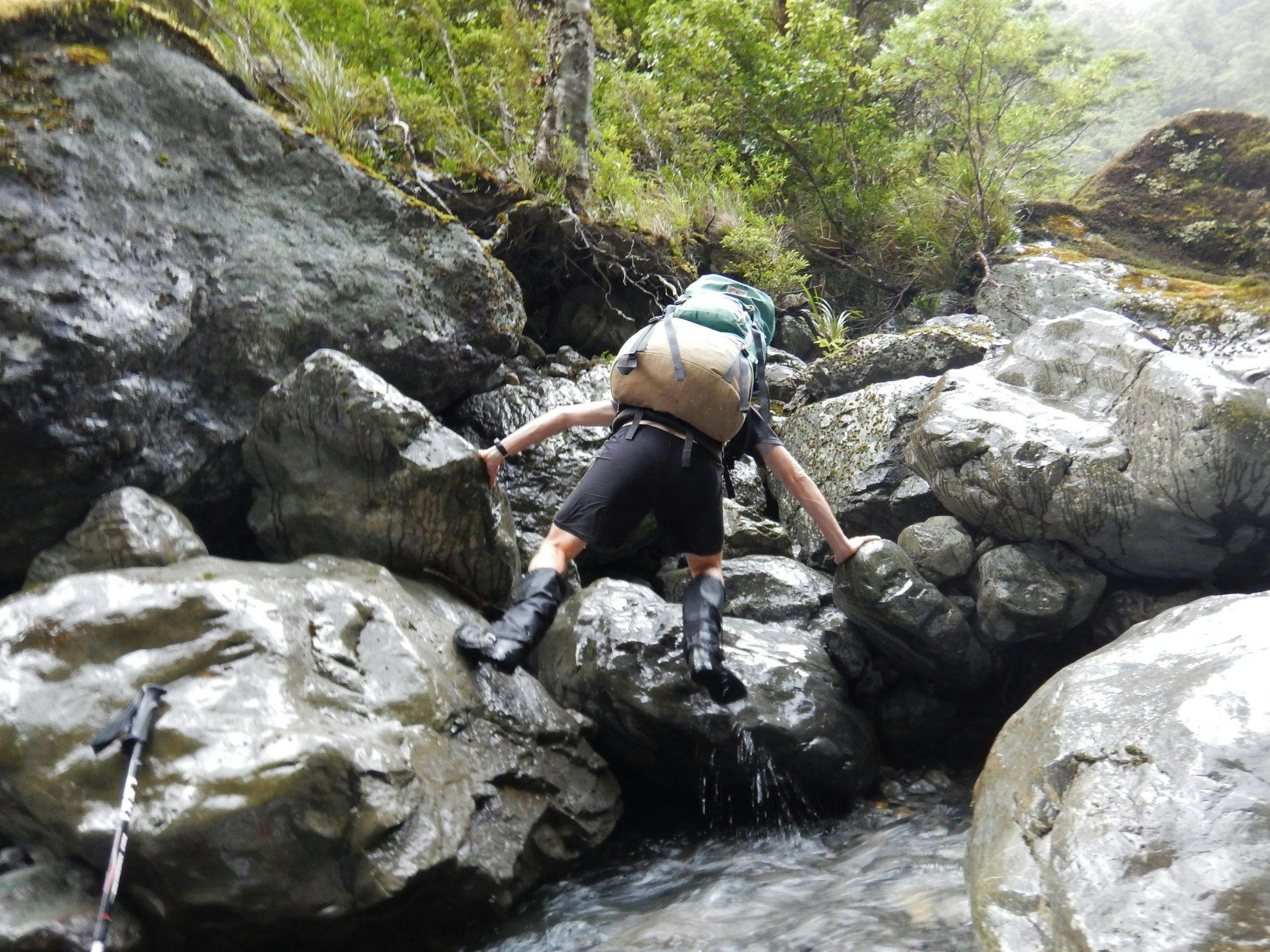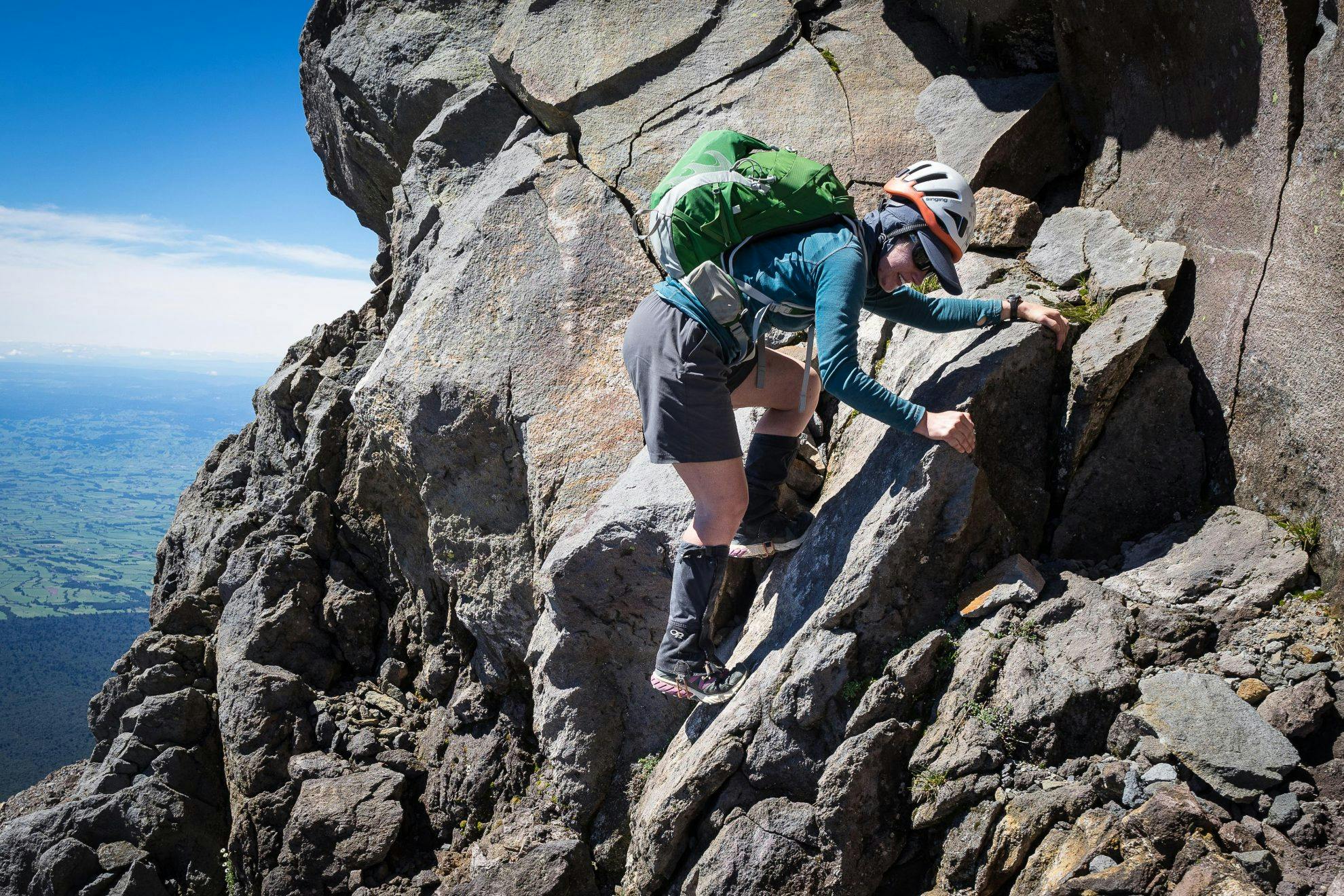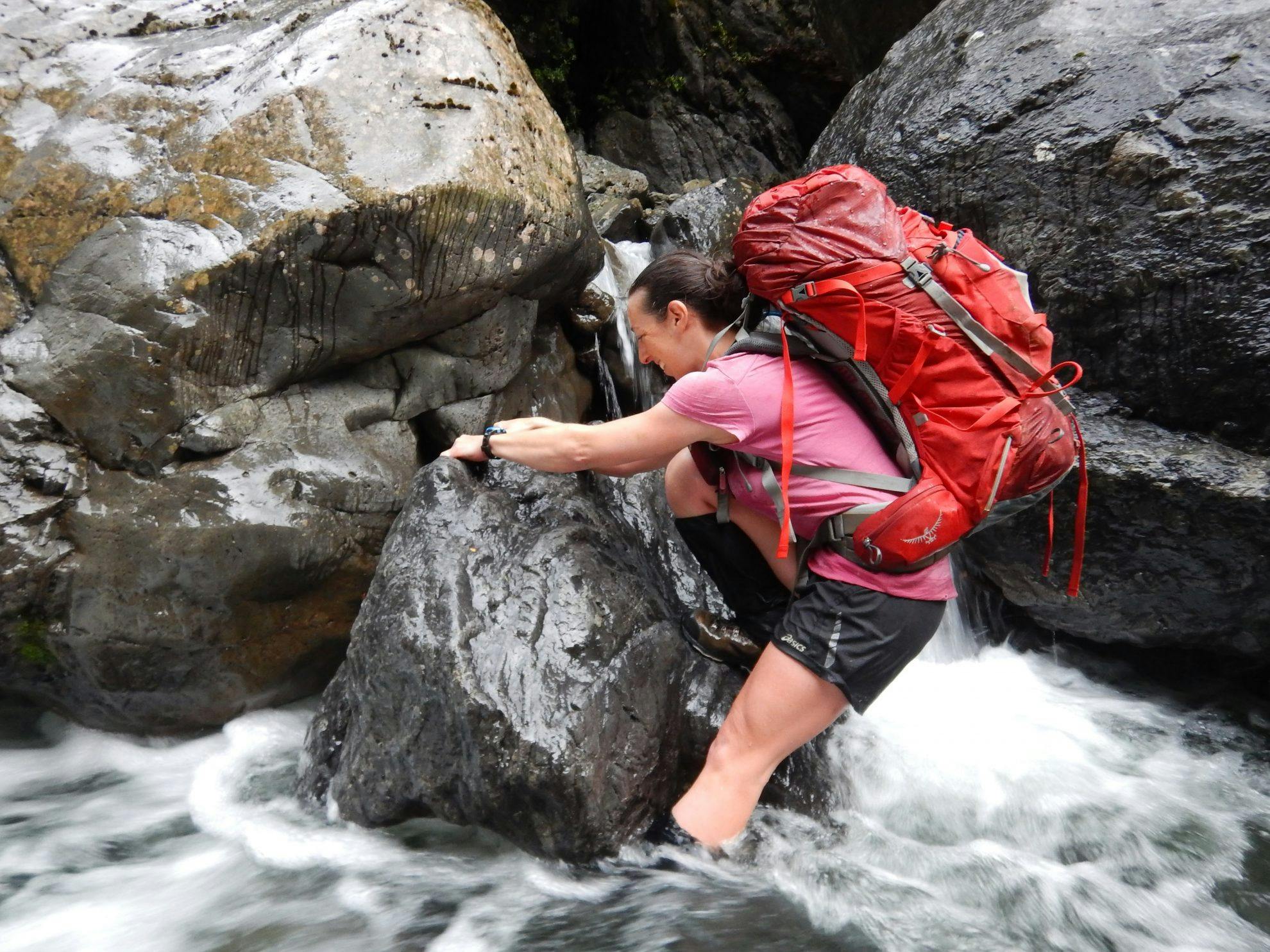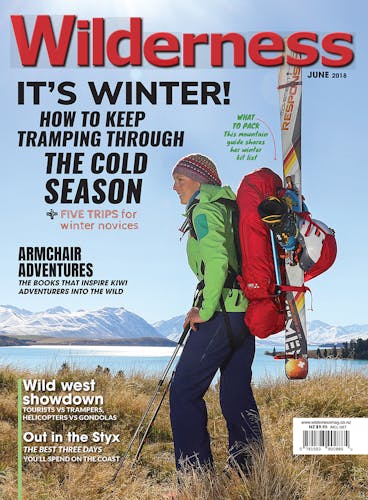These three simple moves help climbers scale steep rock faces, and trampers can use them to overcome small and large obstacles in their path.
Layback
This involves leaning or laying your body back as you move up. You pull on a surface with your hands (like a tree root or edge of a boulder), while your feet push against a surface. It’s called a layback because you lay or lean your body backwards or even sideways.
This allows the weight of your body to pull against your hands and push against your feet at the same time. Often there’s no platform or ledge for your feet, so when you lean back and press weight into your feet they will stay firm on the surface as your body moves up. This uses more than just gravity, but the push-pull action of your hands and feet to keep you on the surface.

Bridging
This is when you press your hands and feet on surfaces at your side or even behind you, to push your body up. This technique is particularly useful on tracks that have lots of large tree trunks, downed logs or boulders and rocks. In most cases, the surface that is pressed on is at your side or behind you. Bridging also works well when going down by pushing out sideways and lowering yourself.

Smearing
Smearing is useful when the surface is slippery, or the rock is too steep for a flat foot. Get as much of the front of your boot into or onto the step as possible and keep your heel lifted to put extra pressure on the ball of your foot. As you step up, keep lifting your heel.








